While it isn’t really the ugliest fruit in the world, the ugli fruit, or the Jamaican tangelo, does have a rather lackluster appearance, with thick, yellow-green skin so loose and leathery that it practically rolls out when you begin pulling it off. But don’t let its unassuming exterior fool you, because this mottled green citrus is truly delectable.
This fruit’s exact origin isn’t clear, with people claiming it’s a hybrid between a mandarin orange and a grapefruit, or a tangerine and a grapefruit, but its taste doesn’t stray too far from its citrus brothers.
An article by Julia Morton noted that the taste of ugli fruit is comparable to the grapefruit but with a slightly more bitter flavor, while a 1995 article from The Washington Post described it as having both the acidity and the sweetness of a grapefruit and a mandarin orange.
The ugli fruit was purportedly discovered in a Jamaican pasture in 1917 by an estate owner named G. G. R. Sharp. It is supposedly the product of grafting budwood onto sour orange and choosing the progeny that produced the fewer seeds. This hybrid was then exported to England, Canada and eventually New York. In New Zealand, a similar hybrid is called the “poor-man’s orange.”
Health Benefits of Ugli Fruit
Citrus fruits are famous because they’re abundant in active compounds, vitamins and minerals. They have been studied extensively for their antioxidant and anti-inflammatory properties, as well as neuroprotective effects. As a possible hybrid of the tangerine and the grapefruit, it may be safe to assume that the ugli fruit inherited some, if not all, of the compounds in both fruits.
In a 2017 study, 35 citrus varieties were tested, from pomelos, oranges, tangerines, mandarins and the hybrids produced from them. The researchers noted that majority of the fruits’ antioxidant activity, across all 35 species, were thanks to the phenolic compounds. These components normally found in fruits and vegetables may have significant inhibitory effects against carcinogenesis and mutagenesis.
However, because of the limited studies done on ugli fruit itself, its other health benefits are still unknown. Even so, there’s no doubt that they have a lot to offer, and the table below provides a good overview.
Ugli Fruit Nutrition FactsServing Size: 1/2 fruit (122 grams) |
||
| Amt. Per Serving |
% Daily Value* |
|
| Calories | 72 | |
| Calories from Fat | 0 | |
| Total Fat | 0 g | |
| Cholesterol | 0 mg | |
| Sodium | 2 mg | |
| Total Carbohydrates | 18 g | |
| Dietary Fiber | 1.9 g | |
| Sugar | 16 g | |
| Protein | 1.4 g | |
Studies Done on Ugli Fruit
Numerous studies have been done on both the tangerine and the grapefruit regarding their nutritional components or their effects on various diseases. While its parent fruits are famous around the world, ugli fruit remains somewhat obscure, with limited studies published about it.
As a hybrid of two well-known fruits, it’s fair to conclude that ugli fruit has some of the benefits of its parent plants. In a 2014 study, the tangerine peel was found to contain herperidin, nobiletin and tangeretin, active compounds that have anti-neuroinflammatory properties. Individually, however, the active compounds only had minimal inhibitory effects.
A 2005 study focused on the active compound content of three citrus fruits cultivated in Venezuela: orange, tangerine and grapefruit. Tangerine had the highest levels of magnesium and carotenoids, while the grapefruit’s peel had the highest level of ascorbic acid. They all had significant polyphenol and antioxidant content, with tangerine being the most suitable for disease risk reduction.
In addition, tests found natural antioxidants in citrus fruits grown in Mauritius (an island east of Madagascar), including tangelos, thought to have therapeutic potential for diabetic patients.
Using an oxidative stress model that imitated diabetes, the effects of antioxidative flavedo, albedo and several citrus pulp extracts of tangor Elendale (Citrus reticulata — Citrus sinensis (orange) and tangelo Minneola (C. reticulata × Citrus paradisis) on human adipocytes (fat cells), scientists found “significantly reduced” carbonyl (smoke-induced carcinogens) accumulation and slowed free-radical-induced hemolysis (red blood cell disintegration) of human erythrocytes (red blood cells) in response to advanced glycation end products generated by albumin (blood protein needed to maintain tissue health).
The conclusion found that “Mauritian citrus fruit extracts represent an important source of antioxidants, with a novel antioxidative role at the adipose tissue level.”
Ugli Fruit Fun Facts
Aside from being called the Jamaican tangelo, the ugli fruit is also referred to as the uniq fruit. This is because the name “UGLI” is actually trademarked, which is why some producers choose to call it the “uniq fruit” during exportation or importation.
Summary
A “deliberate or accidental hybrid” with such cultivar as grapefruit, pomelo, mandarin orange and tangerine, ugli fruit is a unique tangelo variety discovered in a pasture in Jamaica in 1917, with such distinct characteristics that it has its own botanical designation, Citrus x tangelo.
While the ugli fruit is admittedly large, bumpy and an odd yellow-green color, it’s also delicious and full of beneficial nutrients. It’s additionally one of several citrus fruits shown to fight cancer, heart disease and diabetes, so when you’re deciding whether or not to buy ugli fruit, consider its attractive interior over its unusual exterior . Just remember that these fruits still contain fructose, though, so they’re best consumed in moderation.

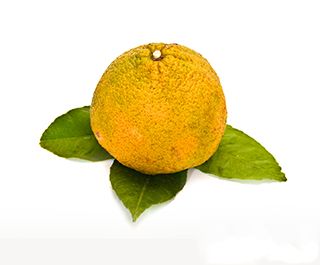
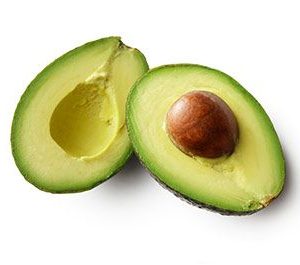
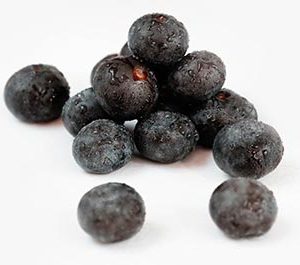
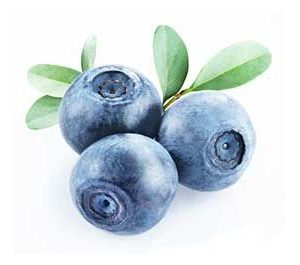
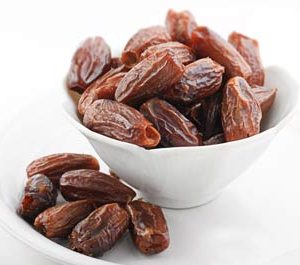
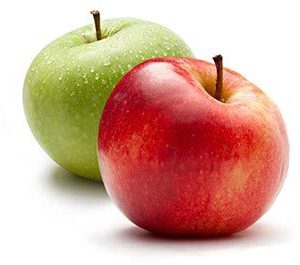
Reviews
There are no reviews yet.